NASA's Spitzer Maps Climate Patterns on a Super-Earth
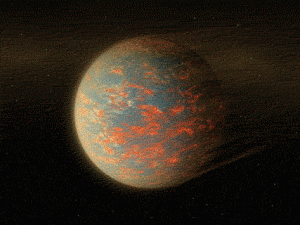
This illustration shows one possible scenario for the hot, rocky exoplanet called 55 Cancri e,...
New nanodevice shifts light's color at single-photon level
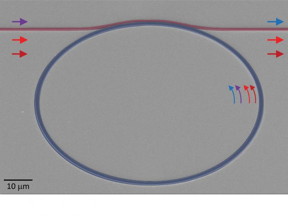
False-colored scanning electron micrograph of the nanophotonic frequency converter, consisting of a ring-shaped resonator (shaded blue)...
Quantum computing closer as RMIT drives towards first quantum data bus: RMIT researchers trialling a quantum processor capable of routing information from different locations have found a pathway towards the quantum data bus
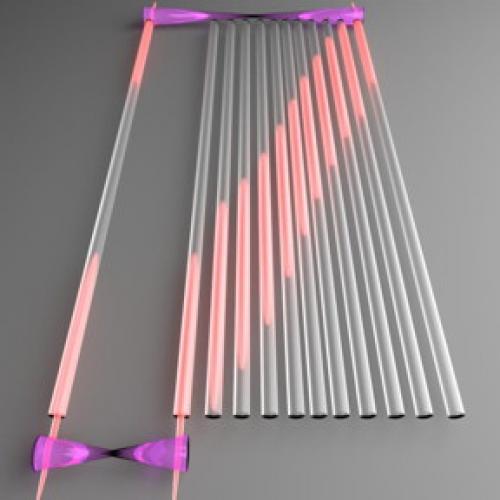
Quantum information is encoded in single particles of light (photons). The perfect state transfer is applied to one photon of an...
Saturn Spacecraft Samples Interstellar Dust
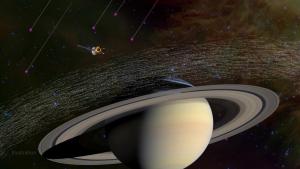
Of the millions of dust grains Cassini has sampled at Saturn, a few dozen appear to have come from beyond our...
A Space Spider Watches Over Young Stars
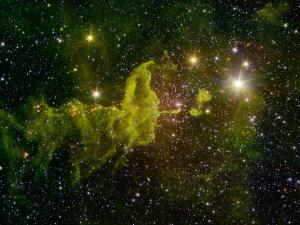
The Spider Nebula lies about 10,000 light-years away from Earth and is a site of active star formation.
Researchers create perfect nanoscrolls from graphene’s imperfect form
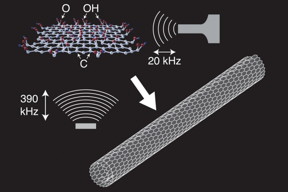
This sketch illustrates how a nanoscroll forms from a graphene oxide flake as a result of ultrasonic irradiation.
Elusive state of superconducting matter discovered after 50 years
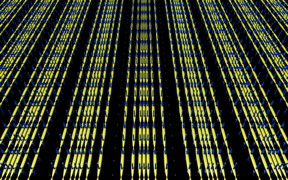
A schematic image representing a periodic variation in the density of Cooper pairs (pairs of blue arrows pointing in opposite directions)...
Searching for Far Out and Wandering Worlds
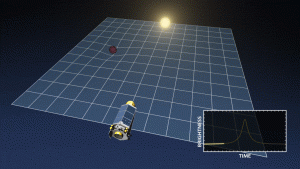
As an exoplanet passes in front of a more distant star, its gravity causes the trajectory of the starlight to bend,...













